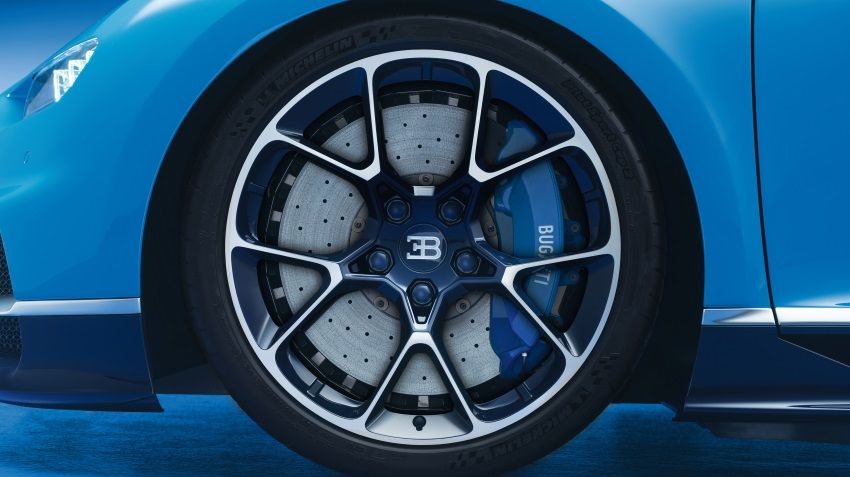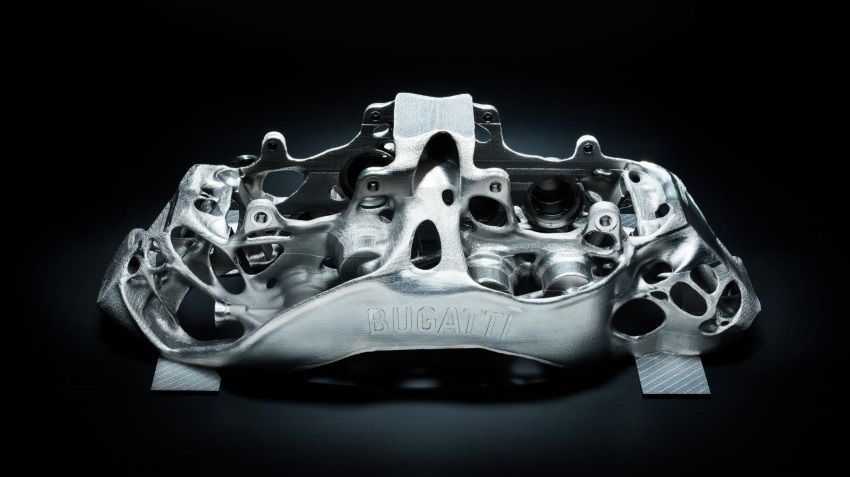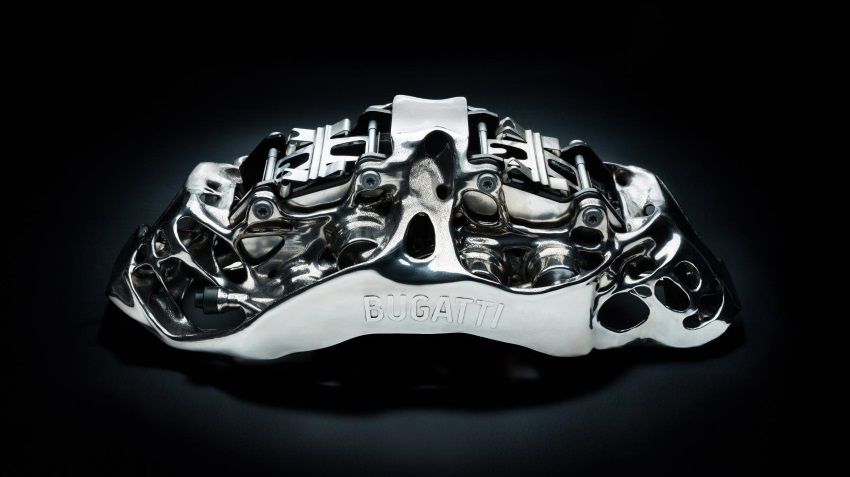Bugatti introduced the Titan caliper, printed on 3D-printer

23 January 2018
The new part will get a Chiron hypercar
The automotive industry is constantly searching for new materials. Manufacturers strive to make their cars lighter and stronger. Especially sharply this problem costs in the segment of super-expensive models, where all available resources for relief have been exhausted: carbon fiber and magnesium has long been no surprise. The Bugatti engineers decided to go even further: they introduced brake caliper titanium. But the key highlight is the fact that the item was printed on a 3D printer.
Actually vosmitonny caliper isn't made with titanium and alloy on its basis. Also includes aluminum and vanadium. It is reported that this candy bar is the largest part, printed using additive technology of layer cakes with the help of lasers.

In total, cakes parts in a 3D printer spent 45 hours. During this time four laser 213 bake 2 layers of special powder. Subsequently starts the process of finalizing the details. The caliper is mechanical, thermal and chemical treatment. The part is heated in a furnace to a temperature of 700 degrees Celsius to remove residual stresses and to ensure dimensional stability.
Is the game worth the candle? One of the key benefits of the new titanium front caliper aluminum is reduced by almost half the weight (2.9 kg vs 4.9). Moreover, such detail is stronger.

A new method for the production of brake calipers has been mastered Bugatti supported by the German Laser Zentrum Nord. She not only shared her experience in this field, but also gave a special 3D printer. It is expected that soon a new method of production adopt a Volkswagen. However, it is impossible to compare the mass production of cars with a single-piece Assembly hypercar which costs several million dollars.
In General, the manufacturers of super-expensive cars for several years using similar technology. For example, introduced in 2014, the hypercar Koenigsegg One:1 got pipe exhaust system made of titanium. This piece was also printed on a 3D printer. It was reported that the resulting element was 400 g lighter compared with aluminum. By the way, the name of the model One:1 represents the ratio of power to mass (1 kg/1 HP): the car weighs in at 1 360 kg 1 and develops 360 horsepower.
|
|
|
Element was not found.








